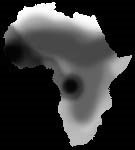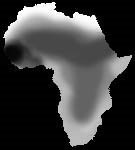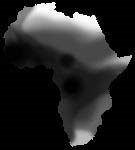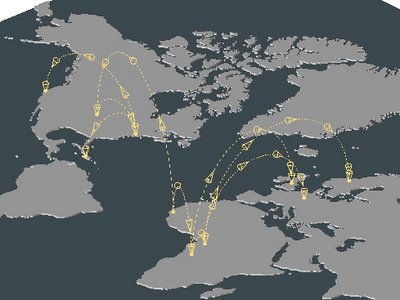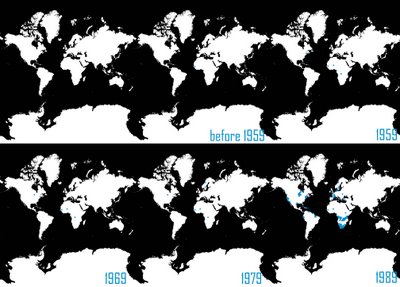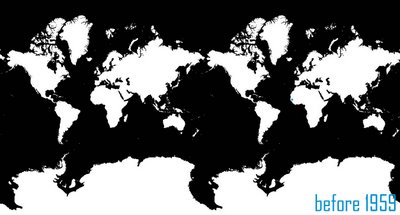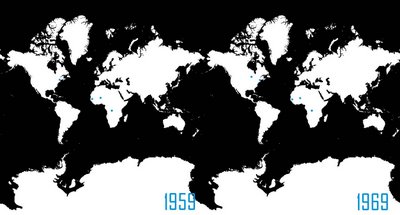
At the moment, it is the largest standing hotel in the world. Dubai's Burj al-Arab Tower Hotel was built to be an icon; the oil-rich government of the United Arab Emirates hired South African architect Tom Wills-Wright to create a "Sydney Opera House for Dubai," something that would immediately say "Dubai" in the mind of someone who saw the magnificent skyscraper.
Modelled after a sail, it is highly structured in defense against the intense sea winds with a three-part exoskeleton. It is a lightly massive structure that appears to be floating on water - dangling off the coast by a mere miniscule land bridge. It is like a boat tied up, a boat that reaches to the sky and remains anchored.
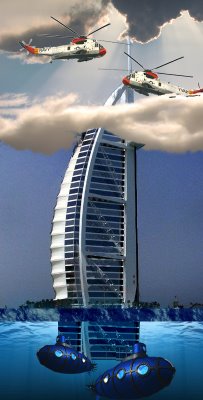
To me, the most unique aspect of it is the fact that it has a helipad on its roof (alongside a tennis court and other "necessary" things) and a restaurant under it, which is accessible only by submarine. The entire hotel is also separated from the land. It is an island, essentially - a skyscraper island built high with dwellings. It reaches high to the airborn population with its helipad, and sinks below the water with its restaurant. It stands as a tall structure that touches all modes of transportation and levels of Earthly existence. These three "layers" of society are reached entirely by this one structure, but as it rests on the water.
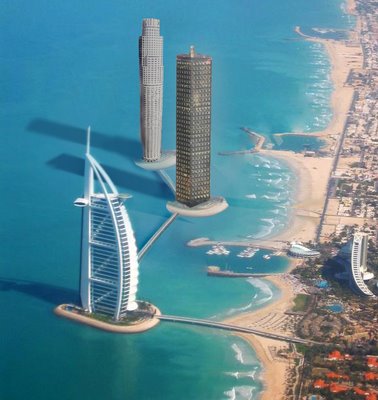
I move on to ask this question: what happens when we have entire cities suspended off of a coast? Is this element of seclusion that the hotel already offers, which appeals to the wealthy vacationers, something that is desirable for people, whether vacationing or not?
Conceptually, in section the important part of this hotel is that it reaches these earthly elements of water, land, and air, enabling three different methods of transportation to reach the building. Otherwise, it is the fact that it is located so far off the shore and floating on the water - isolated from the city yet still connected through a spectacular view of the city, from the tennis courts atop or the rooms within.
sources:
Great Buildings of the World, Time. p. 128
Emporis Buildings (images and information)
both illustrations are original.




